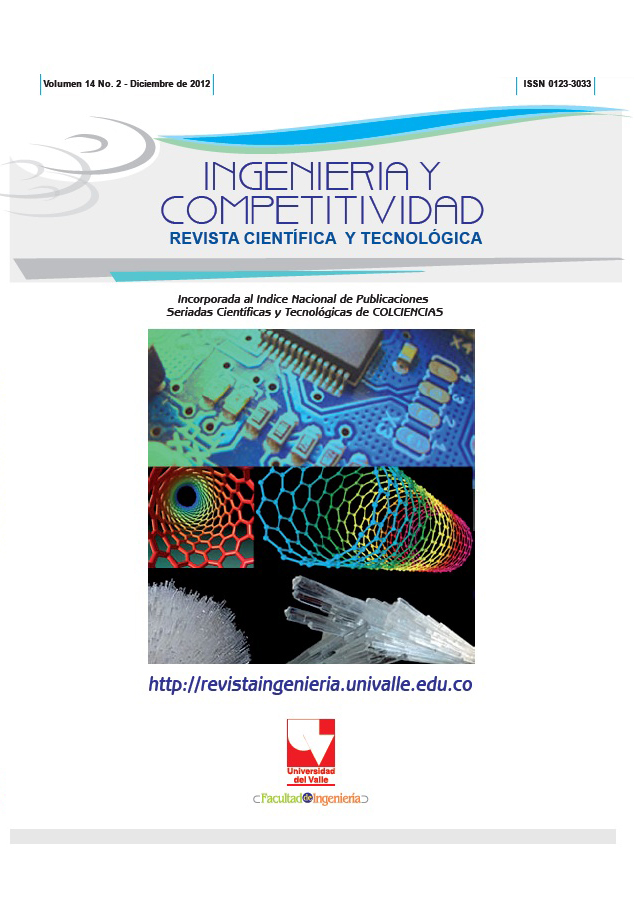Diseño e implementación de una red IPv6 para transición eficiente desde IPv4
Contenido principal del artículo
En este trabajo se presentan el diseño e implementación de una red IPv6 para la transición fácil y eficiente deIPv4. Se implementa un modelo que tiene una red IPv6 nativa en la oficina central de una red corporativa yque utiliza mecanismos de transición para la conexión a Internet IPv4, Internet IPv6 y oficinas remotas. Loanterior tiene el propósito de ofrecer una alternativa viable para implementar IPv6 de forma nativa, sin perderacceso a los servicios IPv4 y sin incurrir en las desventajas que implican otras aproximaciones en términos derequerimientos de administración y seguridad, inherentes al funcionamiento de IPv4 e IPv6 simultáneamente.La integración del software GNS3 con VirtualBox representa una herramienta que permite hacer pruebas dentrode un solo computador para validar cada uno de los pasos en el proceso de migración hacia IPv6, sin perturbaruna red IPv4 en operación
- Doble pila
- Mecanismos de transición desde IPv4 a IPV6
- MPLS
- Mecanismos tipo túnel
Descargas
Los autores que publican en esta revista están de acuerdo con los siguientes términos:
Los autores ceden los derechos patrimoniales a la revista y a la Universidad del Valle sobre los manuscritos aceptados, pero podrán hacer los reusos que consideren pertinentes por motivos profesionales, educativos, académicos o científicos, de acuerdo con los términos de la licencia que otorga la revista a todos sus artículos.
Los artículos serán publicados bajo la licencia Creative Commons 4.0 BY-NC-SA (de atribución, no comercial, sin obras derivadas).





